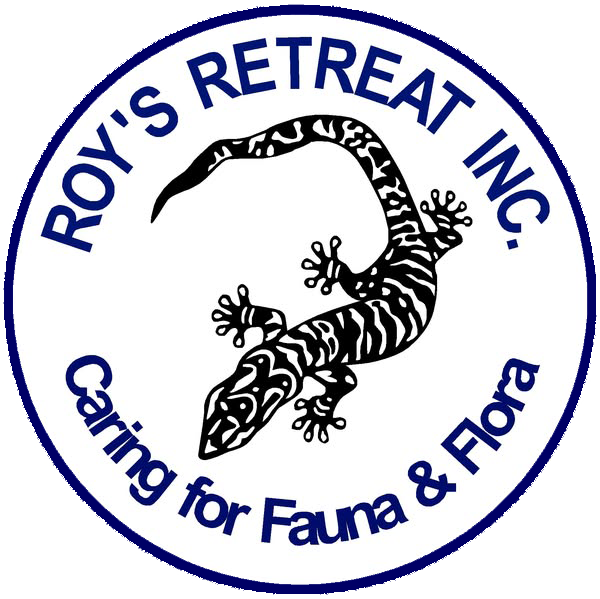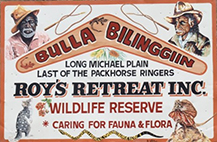Landcare
"Generally, we assume we have made the right decision, although we can’t be sure until we see what actually happens."
A healthy environment is based on the four fundamental processes in our ecosystem - COMMUNITY DYNAMIC – WATER CYCLE – MINERAL CYCLE – ENERGY FLOW. If one of these four ecosystem processes are affected by a negative influence it will automatically affect all of them in the long run.
‘Holistic Management by Allan Savory / A new framework for decision making
Foreward
As a result of the presence and the influence of man which began with the arrival of the Aborigines in Australia 40 000 to 60 000 years ago, over 80 % of the large mammals became extinct. The introduction of fire - deliberately initiated by the Aborigines when hunting - has dramatically increased soil erosion and provoked the disappearance of fire-sensitive plant species into fire-dependent species, such as eucalyptus.
Throughout this period, Australia changed from a largely „non brittle “into a „brittle environment “fashioned by man. The decimation of herding species and their predators has reduced much rangeland and has trapped carbon in plants and soil. To replace the role of large animals with fire is one of the most destructive and environmental errors human beings ever made! The atmospheric pollution created, and the resultant soil exposure has led to dramatic weather and climate change.
Brittle Environment
The presence of bare soil is another indicator of brittleness. Exposed soil reduces biological activity both on the surface and underground. To reverse the deterioration in brittle environments, we believe that only high animal-impact can cure the land from exposed soil, erosion and ineffective water cycle.
In a brittle environment, large grazing animals are needed periodically to provide the upheaval necessary through soil-trampling, dunging, urinating and flattening of old plants. This has a positive impact on the health of plants, soil and the whole community, followed by a period of time that will give soil and plants a rest and the opportunity to recover. Animal impact is recognized and has been tested by many landowners all over the world as the only practical tool that can restore healthy grassland and stop desertification. But we need to minimize overgrazing on plants as much as possible.
Today the wild-herd and predator effects are minimal, so we have to simulate them with domestic stock.
Livestock and herd effect
We use horses and wild cattle as a tool for land management, rotating them in different paddocks, to improve the biodiversity of the land within the leased area. Their movements, based on short pulses of intense grazing followed by recovery time, can be used as a tool to prune grass roots and feed the soil biota, trample litter, improve soil surface condition, increase biomass and improve biological diversity above and below ground.<\p>
Healthy topsoil consists of minerals plus air, water and living things such as plant roots, microorganisms, insects and worms and organic materials they produce.
• For soil to form, it needs to be alive
• To be alive, soil needs to be covered
• To be covered with healthy plants and decomposing plant litter, soil needs to be managed with appropriate disturbance regimes
Our Goal
Although there is still a long way to go and a lot of work still has to be done to bring the land back where it should be, we have achieved an improvement on the soil and on some plants. We have noticed within our paddocks a wider range of plant species.
Land outside the paddocks is being deliberately burnt severel times a year and it has deteriorated badly.
Our goal is to preserve the land we live in, not only for us, but also for those who like to come here in the bush to see it improved, to enjoy a community rich in plants, animals and biodiversity, and in this way preserve habitat so that Australian species can be safeguarded.
Fire Fauna and Flora
